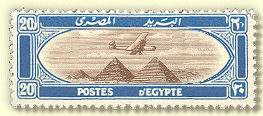

The first officially sanctioned, fixed-wing, pioneer airmail flight took place over a five-mile route between Allahabad and Naini Junction in India on February 18, 1911. However Egyptian aero-philatelists start a little earlier in 1910 with the Aviation Week in Heliopolis, an event organised by Prince Ahmed Fouad who became King Fouad of Egypt in 1922.
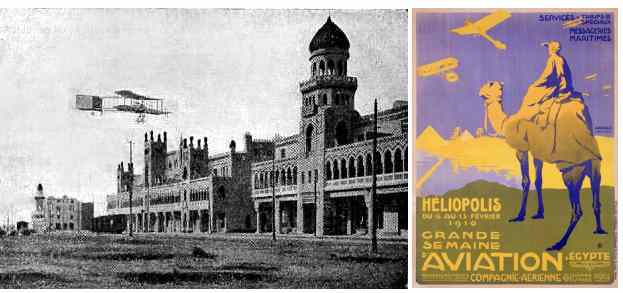 During the pioneering period of flying, from 1910 until the 1930s, several flights started or passed through Egypt, including that by Marc Pourpe in 1914 from Khartoum with the first carriage of mail by air in Africa. 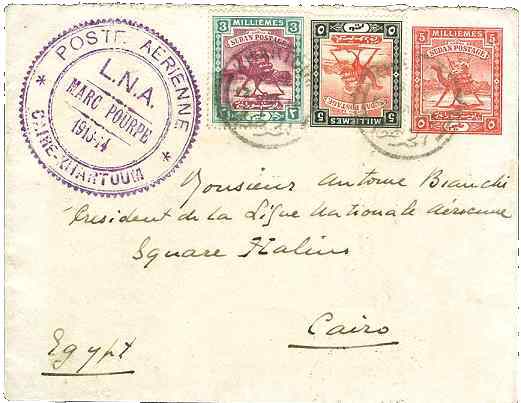 In 1919, during the Egyptian revolution which resulted in the suspension of the railway system, an emergency air post was organised by the RAF, which also established the Cairo-Baghdad route in 1922 and undertook the survey flight from Cairo to West Africa in 1925. 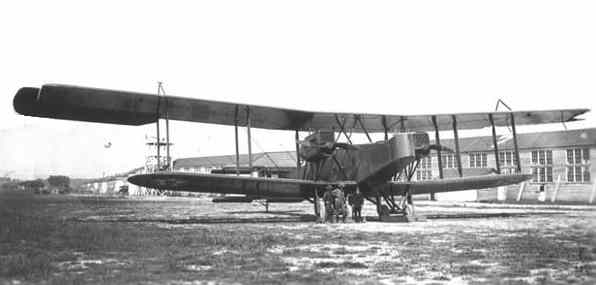 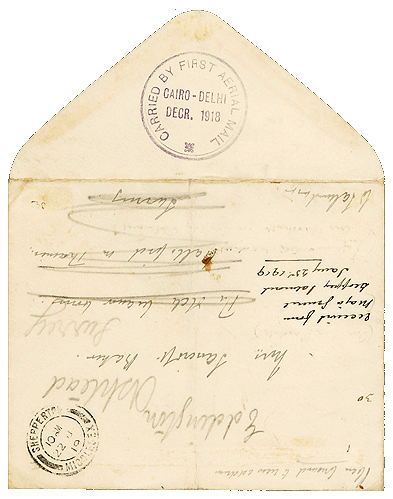 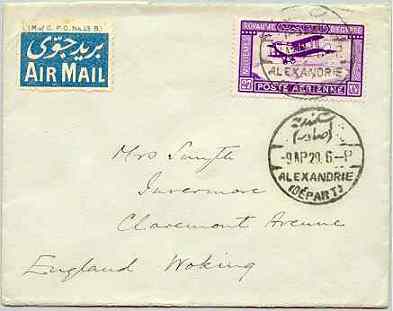 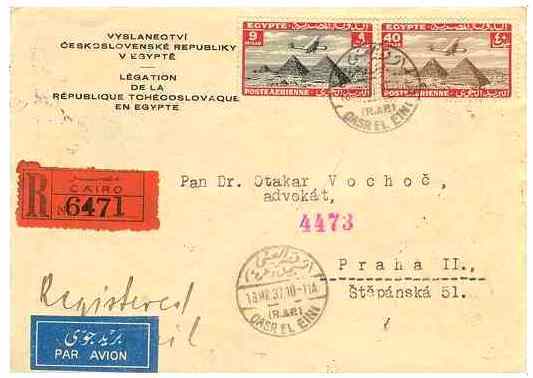 Egypt also featured in the Zeppelin flights in 1929 and 1931, for which special surcharged commemorative stamps were issued as well as four datestamps for Alexandria, Cairo, Port Said and Suez. 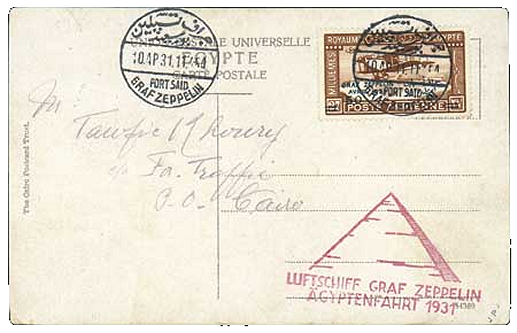 The Egyptians themselves were also keen to enter the new age of air transportation and in the spring of 1924 the Ministry of Transportation formed a committee to study the possibilities for commercial aviation in the country. Among its preliminary recommendations was the creation of a civil aviation authority, its function to supervise everything pertaining to air traffic control, airport construction and administration and implementation and conformity to a variety of relevant technical specifications. However it was not until May 1932 that Misr Air Work was established in association with the Air Work company and in August 1933 it began commercial operation with a Spartan Cruiser from Cairo to Alexandria. By 1935 a total of 12 De Haviland aircraft were added to its fleet. 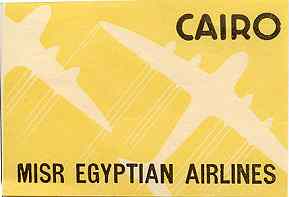 The three airlines - Imperial, KLM and Misr - operated in Egypt until the outbreak of war in 1939, regularly extending the reach of their routes and adding new ones. An intriguing aspect of philately of this period is the profusion of rates of postage to the various centres of the world. Some flights continued during the war years but the number and extent of routes were limited by the course of military action. After 1945 flying for civilian use grew rapidly and many covers can be found between that time and the present. Initially the postal rates became even more complex than before, but they gradually simplified as long-distance flying became an everyday event. More first flight covers were produced as the many world airlines began to operate routes to and through Egypt, but of course today any cover from Egypt to a foreign destination as almost certainly an air cover regardless of whether or not it has air mail markings. Egypt, having introduced airmail stamps in 1926, still continues to issue stamps inscribed Air Mail or with some other form of nomination [see air mail stamps], but their use as such is no longer obligatory, and today's air letters are just as likely to be franked with definitives and commemoratives. |
|
BIBLIOGRAPHY The Airmails of Egypt, John Sears 1990 Egypt, Stamps and Postal History Peter A.S. Smith, 1999 |
|
|